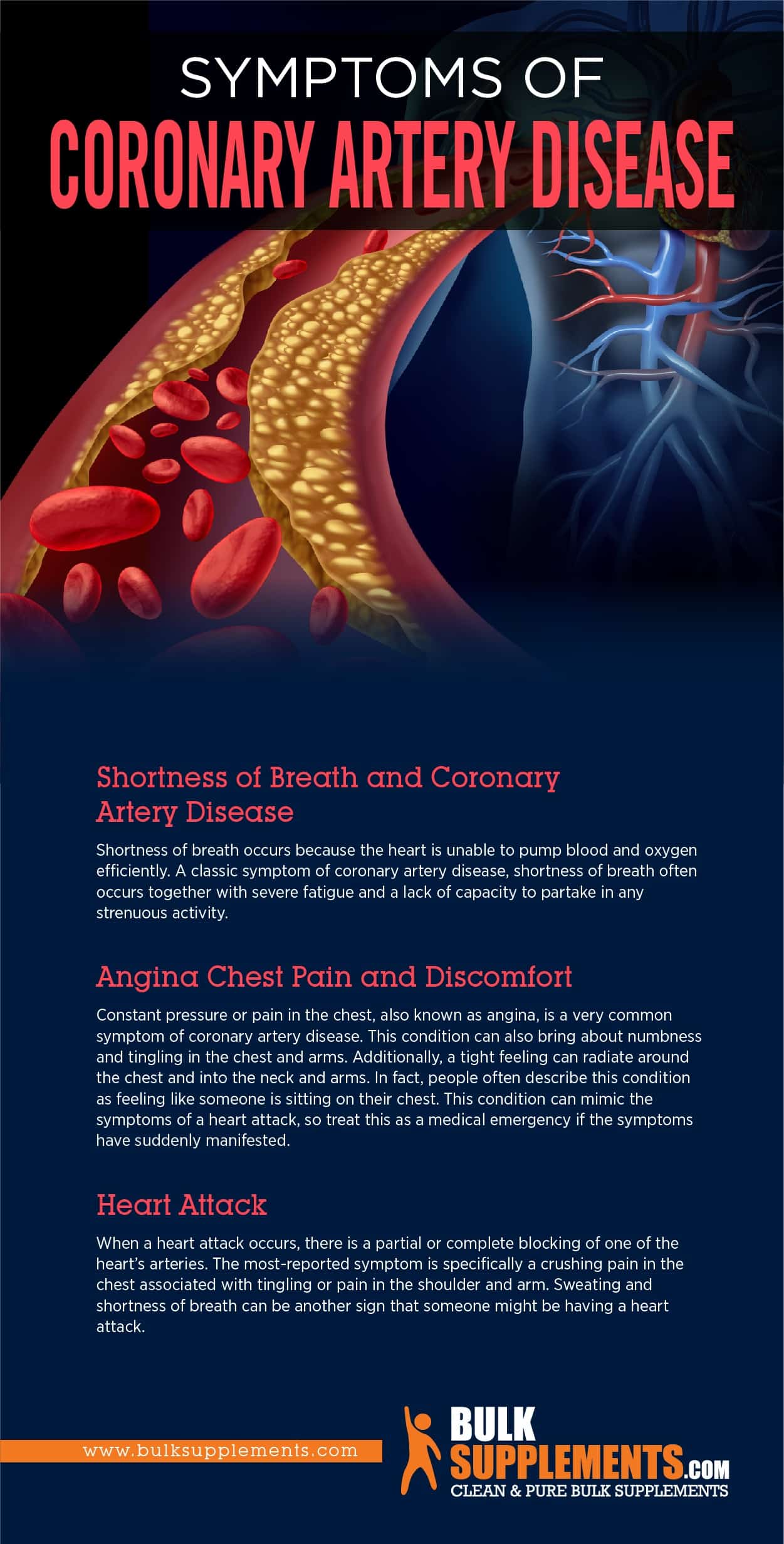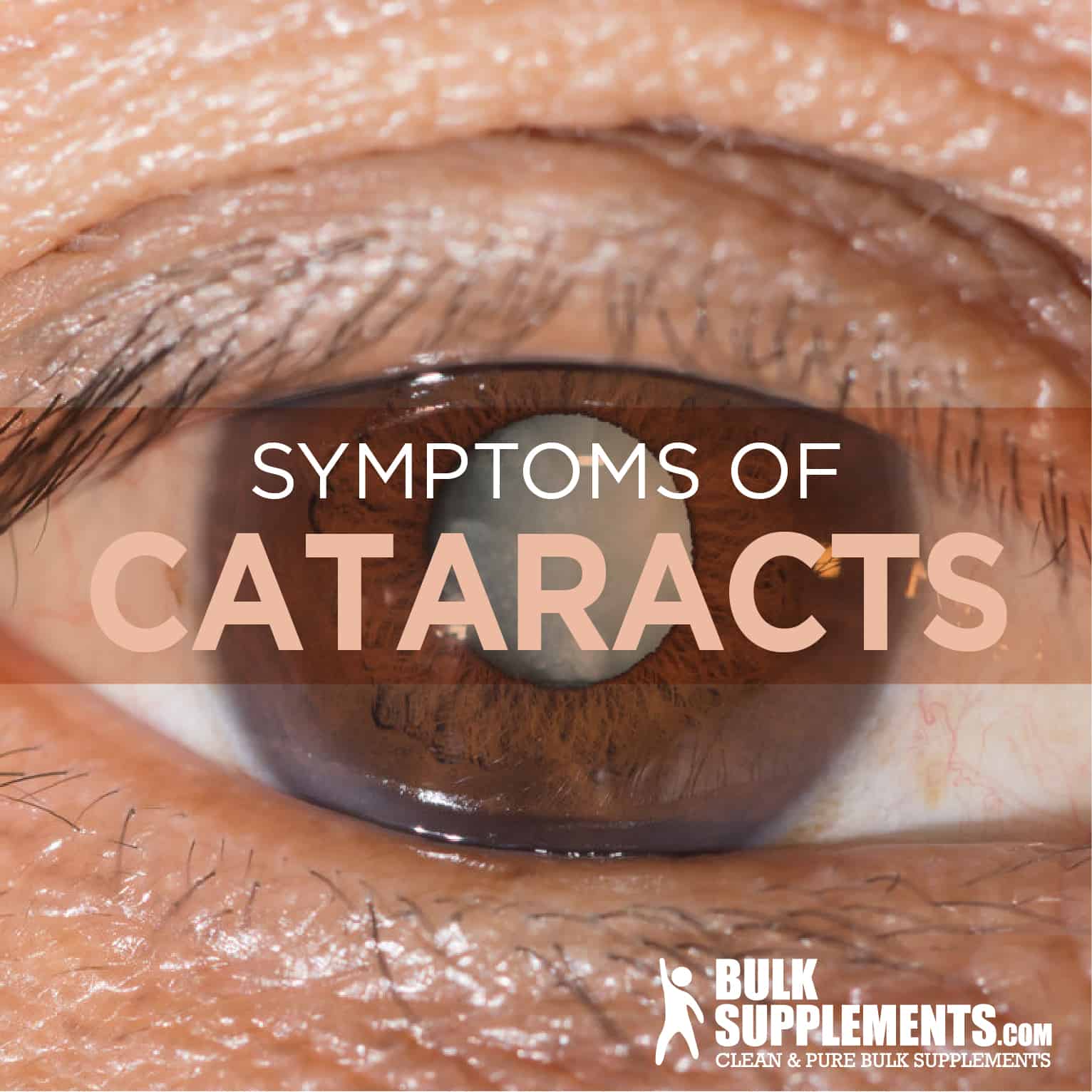Coronary Artery Disease: Symptoms, Causes & Treatment
by James Denlinger Digital Marketing StrategistWhat is Coronary Artery Disease?
Coronary artery disease occurs with a narrowing or blockage of the coronary arteries, which are the right and left coronary arteries and adjacent left anterior descending and left circumflex arteries. The disease is most often brought on by atherosclerosis. Atherosclerosis is when plaques — fat deposits and cholesterol — build up on the lumen or walls of the arteries and block the flow of blood. As the No. 1 cause of patient death in developed countries, coronary artery disease can affect just about anyone.
There are many associated conditions with coronary artery disease. In fact, some of these early signs can alert someone that it is time to change their health routine. And among the peripheral conditions of coronary artery disease are acute coronary syndromes and ischemia.
Acute Coronary Syndromes
There are three acute coronary syndromes, and each is considered a medical emergency. In fact, they are among the leading causes of hospital visits in aging men and women. So, if you feel you have one of these symptoms, see a doctor immediately.
Unstable Angina
Angina, in general, is the pain in the chest associated with poor blood flow to the heart. Commonly, this is a stable form and only occurs when exercise or strain takes place. When angina becomes unstable, chest pains might occur at rest. In fact, these pains can be more frequent and can be brought on by little or no activity.
Non-ST Segment Elevation Myocardial Infarction
This acute coronary syndrome is on the mild end of the spectrum. In fact, it will not show on an ECG (electrocardiogram), but must be inferred from the change in the blood’s chemical markers. As a partial block or restriction, there is little damage that occurs. Therefore, it is a medical emergency where you need to see a doctor immediately to determine the course of treatment.
ST Segment Elevation Myocardial Infarction
This acute coronary syndrome is caused by a sudden block of blood supply to one of the arteries. It will also show up on an ECG and is usually associated with major symptoms and pain. Also, there is often damage to the arteries as the blockage progresses. Therefore, a doctor should be seen immediately as this syndrome can be very serious.
Ischemia
Ischemia is the cramping of the muscles that surround the heart. This disease occurs when the supply of oxygen to the heart is short. Because of the lack of oxygen, the heart is continually in a starvation state and becomes weakened. Similar to muscle cramps, this condition is associated with continual chest pains.
Symptoms of Coronary Artery Disease
The symptoms of coronary artery disease can vary widely. However, most of the symptoms center around chest discomfort, pain, shortness of breath and weakness. These symptoms are usually chronic, but can also be symptoms of a heart attack. So, if you have any of these symptoms, you should treat it as a medical emergency and see a doctor right away.
Shortness of Breath and Coronary Artery Disease
Shortness of breath occurs because the heart is unable to pump blood and oxygen efficiently. A classic symptom of coronary artery disease, shortness of breath often occurs together with severe fatigue and a lack of capacity to partake in any strenuous activity.
Angina Chest Pain and Discomfort
Constant pressure or pain in the chest, also known as angina, is a very common symptom of coronary artery disease. This condition can also bring about numbness and tingling in the chest and arms. Additionally, a tight feeling can radiate around the chest and into the neck and arms. In fact, people often describe this condition as feeling like someone is sitting on their chest. This condition can mimic the symptoms of a heart attack, so treat this as a medical emergency if the symptoms have suddenly manifested.
Heart Attack
When a heart attack occurs, there is a partial or complete blocking of one of the heart’s arteries. The most-reported symptom is specifically a crushing pain in the chest associated with tingling or pain in the shoulder and arm. Sweating and shortness of breath can be another sign that someone might be having a heart attack.
 PIN IT
PIN ITCauses of Coronary Artery Disease
There are many behavioral choices and dietary habits that can lead to coronary artery disease. Also, genetic factors might play a role in whether someone has a predisposition to developing the disease.
Damaged Arteries
Damage to the inner layer of the coronary arteries can create the groundwork for the development of coronary artery disease. When an injury to the coronary arteries occurs, cellular waste such as plaques can begin to deposit at the site of the damage and block flow of blood. And if these plaques rupture, the platelets that are designed to repair the site could instead block the flow of blood. Left untreated, this can lead to a heart attack.
Damaged arteries, which is the main precursor for developing coronary artery disease, can be caused by any or all of the following risk factors:
Family History
Those that have close relatives that have developed coronary artery disease before the age of 55 for men and 65 for women are among the highest level of risk for developing it themselves. There is a strong genetic factor at play with the disease, so family history is often looked to for support when diagnosing and preventing the disease.
Smoking
Smoking and secondhand smoke damages the blood vessels and dramatically increases the risk of developing atherosclerosis. This development can then, in turn, lead to ischemic heart disease and general coronary artery disease.
Sedentary Habits
People who are often inactive and don’t exercise are more likely to develop coronary artery disease. In fact, the development of high blood cholesterol and triglyceride levels increase their chances tenfold. The often-associated obesity and diabetic symptoms of those that don’t exercise can also lead to developing this condition.
Stress
A leading cause of damaged arteries and subsequent coronary artery disease is prolonged stress. Constricting of the arteries due to stress can cause a condition called coronary microvascular disease. Over time, this can then lead to symptoms of ischemia and heart attack if not treated.
A Poor Diet
Unhealthy eating habits are also among the top concerns for developing arterial problems. Specifically, the excess of saturated and trans fats can clog the arteries over time. This can lead to obesity and diabetes as well as an onset of coronary artery disease.
Environment
Environmental factors play a major role in the potential for developing coronary artery disease. Specifically, breathing unhealthy air on a work site or exposure to other occupational hazards, where chemicals are used regularly, can be harmful to the arteries.
Helpful Supplements for Coronary Artery Disease
Traditional medicine has been successful in treating coronary artery disease and its associated symptoms. On the other hand, alternative medicines have also proven invaluable in treating and preventing the disease. Here, then, are some eligible supplements — among them, dietary extracts — that have shown successful results in treating this condition.
Pure Betaine Anhydrous Trimethylglycine (TMG)
Betaine anhydrous trimethylglycine (TMG) is a powerful derivative of choline that reduces plasma homocysteine in healthy adults. Experts have linked this plasma to higher rates of cardiovascular disease and heart attack. Furthermore, when levels of plasma betaine are low, it is often associated with a higher risk for coronary artery disease. TMG helps to restore and preserve healthy betaine plasma in the blood and reduces the potential symptoms for cardiovascular disease.
The suggested serving size for pure betaine anhydrous trimethylglycine has a range of 750 mg (¼ tsp) to 1,500 mg (½ tsp) that should be taken daily depending on the desired intent.
Pure L-Arginine Base Powder for Coronary Artery Disease
In addition to supporting increased athletic stamina, pure L-arginine base powder also helps to reduce the symptoms that develop coronary artery problems. L-arginine is the catalyst for the synthesis of nitric oxide. This nitric oxide is necessary for maintaining healthy blood. Additionally, L-arginine can act as an antihypertensive agent. That means that hypertension, or high blood pressure, is potentially reduced by this chemical. That also means L-arginine helps in staving off one of the leading causes of coronary artery disease.
The recommended daily dosage for L-arginine powder is 750 mg three times a day with meals. Start this supplement slowly and work your way up over time.
Coenzyme Q10
Coenzyme Q10 or quinone is a general antioxidant and helps to promote overall immune health. It has been successfully shown that coenzyme Q10 lowers inflammation and helps to reduce the risk of further developing cardiovascular disease.
The suggested serving size for coenzyme Q10 ranges from 50 mg to 200 mg daily. Higher doses could have greater health benefits for certain patients. Consult with your physician before taking more than the recommended daily dose. No one should exceed the maximum daily dose of 800 mg.
Some medications cause a reduced level of coenzyme Q10 as a side effect. Consult with your physician to discuss how any medications you might be taking could interact with this supplement.
Supplements for Heart Health
The best form of medicine is preventive medicine. Many supplements help to maintain a healthy body and prevent symptoms of coronary heart disease from ever forming in the first place.
Hesperidin 90% Powder
As a kind of antioxidant called a flavonoid found in citrus fruits, hesperidin has some potentially powerful benefits for staving off the symptoms of coronary artery disease. Supporting the circulatory system in general and promoting a healthy weight loss, hesperidin powder is a viable means to prevent the disease.
It is recommended to take a daily dose of around 500 mg (just over ¼ tsp) with food and water. Consult with your physician before beginning a regime.
Tart Cherry Extract Powder
Effective as a post-exercise muscle relaxing agent, tart cherry extract can help reduce the onset of symptoms of coronary artery disease. Proven to lower cholesterol and reduce blood pressure, tart cherry extract is a great supplement to your diet to keep your heart healthy.
It is recommended for this supplement to take a daily dose of 2,500 mg (heavy ¾ tsp) with food or as directed by a consulting physician.
Green Tea 50% Polyphenols Powder
The powerful antioxidant characteristics of green tea have been used for thousands of years. The phytochemical called epigallocatechin might also help to promote heart health in general and lower blood pressure.
Green tea 50% polyphenols powder should be taken in daily doses of 500 mg (about 3/16 tsp) once or twice daily.
Hawthorn Berry Extract Powder
Hawthorn berry extract will not only improve your heart health; it will help to improve your mood. Taken from the haws berries, this powerful extract can alleviate many forms of heart problems and promote overall health that will prevent heart disease.
As a supplement, the recommended dose of Hawthorn berry should be 1,200 mg (scant ½ tsp) one or two times daily.
The Bottom Line
Though modern medicine has been successful in treating coronary artery disease, supplemental extracts have proven invaluable in preventing the onset in the first place. The extracts mentioned above can be highly effective when treating and preventing its associated diseases. However, you must still consult with your doctor before you begin taking any of these supplements to avoid adverse effects and ensure the best results.
Sponsor Ads
Created on Mar 22nd 2020 15:22. Viewed 326 times.




